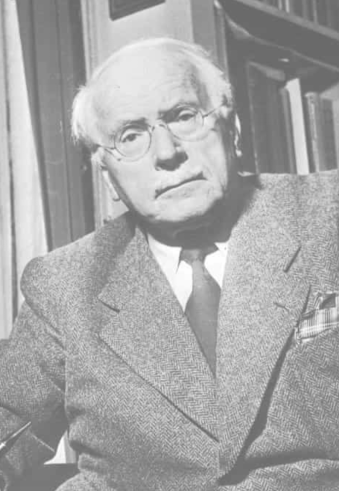Carl Jung and dreams
On 2025-02-09 15:35:27
 Carl Gustav Jung
Carl Gustav Jung
1875–1961) was a Swiss psychiatrist, psychoanalyst, and one of the most influential figures in depth psychology, who made his mark on the frontiers of modern psychology and spiritual thought. Jung began his career as a student of Sigmund Freud, but later distanced himself from his master's theories and developed his own school of psychology, analytical psychology.
According to Carl Jung, dreams are one of the most important gateways to the unconscious mind and have deep symbolic meaning. Jung believed that dreams are not simply about processing daily events, but also convey messages from the unconscious that can help an individual in their personal development and self-knowledge.
Some key ideas from Jung's dream theory:
The personal and collective unconscious: Jung distinguished between the personal unconscious (which contains the repressed memories and experiences of the individual) and the collective unconscious, which contains the archetypes and symbols shared by humanity. In dreams, these archetypes—such as the Anima, the Shadow, or the Wise Old Man—often appear.
Archetypes and symbols: According to Jung, dreams are full of archetypal symbols that have universal meaning yet require personal interpretation. For example, a snake appearing in a dream can symbolize danger, transformation, or wisdom, depending on what it means in the dreamer's life situation.
Development of the individual: Dreams play an important role in the process of individuation, which Jung believed is the achievement of inner balance and wholeness. Dreams help us recognize unconscious aspects that need to be integrated with the conscious self.
Acceptance of the Shadow and the Unconscious: The Shadow, in Jung’s concept, represents the repressed, rejected parts of the personality. Dreams often draw attention to these aspects and provide an opportunity for confrontation and healing.
Dreams as Guides: Jung believed that dreams can also provide advice and guidance regarding an individual’s life path. They do not only reflect past experiences, but also project possible futures, helping with decision-making.